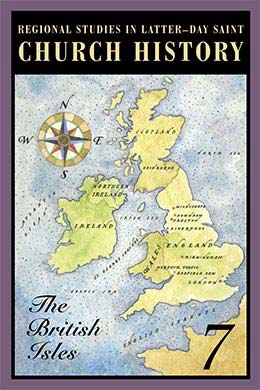Photo Essay of Church History Sites in Liverpool and the Ribble Valley
Craig James Ostler
Craig James Ostler, “Photo Essay of Church History Sites in Liverpool and the Ribble Valley,” in Regional Studies in Latter-day Saint Church History: The British Isles, ed. Cynthia Doxey, Robert C. Freeman, Richard Neitzel Holzapfel, and Dennis A. Wright (Provo, UT: Religious Studies Center, Brigham Young University, 2007), 61–78.
Craig James Ostler was an associate professor of Church history and doctrine when this was publihsed.
In the summer of 1837, the Lord called Elder Heber C. Kimball and six companions to take the message of the restored gospel to England. After arriving in Liverpool, they focused missionary activity among the people of Lancashire, beginning in Preston on the east and extending west to the towns and villages of the Ribble Valley. Many of the sites germane to these early missionary efforts are presented photographically with historical commentary that explains the significance of the buildings, rivers, docks, market squares, and villages to the establishment of the Church of Jesus Christ in this area of Great Britain.
Liverpool
Photo 1a. Our photographic journey begins in Liverpool, the gateway for introducing the restored gospel in Great Britain. Here the first missionaries landed in 1837. This group included Elders Heber C. Kimball and Orson Hyde of the Quorum of the Twelve; Joseph Fielding and Isaac Russell, who had been baptized in Canada; Willard Richards; John Goodson; and John Snider.[1] Reflecting on his first impressions of Liverpool, Elder Kimball recorded, “When we first sighted Liverpool . . . the spirit of the Lord rested down upon me in a powerful manner, and my soul was filled with love and gratitude.”[2]
 Photo 1a. Albert Docks, Liverpool
Photo 1a. Albert Docks, Liverpool
Photo 1b. Between 1840 and 1860, tens of thousands of Latter-day Saints embarked from the Liverpool docks on ships that carried them from their homeland to gather with other members in the United States.
 Photo 1b. This statue of a family preparing to board a ship commemorates the Latter-day Saint emigrants who set sail from Liverpool for America.
Photo 1b. This statue of a family preparing to board a ship commemorates the Latter-day Saint emigrants who set sail from Liverpool for America.
Photo 2. The next stop in our photographic journey is Liverpool’s Music Hall, a meeting place for the Saints in the early nineteenth century. Elder John Taylor, then a member of the Quorum of the Twelve Apostles, was the first to preach the restored gospel in Liverpool. He soon found converts among the family of his wife, Leonora Cannon. Leonora’s brother, George, and his family soon accepted the message of the Restoration.
Toward the end of July 1840, after approximately six months of preaching the gospel in various venues around Liverpool, Elder Taylor “hired the Music Hall in Liverpool for twelve months for the purpose of giving public lectures on the doctrines and history of the Church.”[3] Listeners at well-attended lectures heard Elder Taylor address topics of religious history from “the fall of Adam to the atonement of Christ, then through the apostasy to the restoration.”[4] As the city’s only remaining building from the mid-nineteenth century that was used by the early Church members in England, the Music Hall represents Elder Taylor’s efforts to sound the message of the gospel in Liverpool.
 Photo 2. The old Music Hall on Bold Street in Liverpool
Photo 2. The old Music Hall on Bold Street in Liverpool
Photo 3. From 1855 to 1904, a building on Liverpool’s Islington Street served as both the headquarters of the Church in England and the publication office for the Millennial Star. Redevelopment efforts in Liverpool have demolished the buildings of Islington Street, but an early photograph preserves the image of this important building. This period in Church history saw the emigration of thousands of British Saints. In this building Church leaders with experience in the details of trans-Atlantic travel helped emigrating members.[5] In addition, many Saints stayed here or in nearby Church-owned accommodations while they awaited the ships to America.
 Photo 3. Historic photo of British Mission headquarters and Millennial Star Office, 42 Islington Street, Liverpool
Photo 3. Historic photo of British Mission headquarters and Millennial Star Office, 42 Islington Street, Liverpool
Preston
Photo 4. Our next stop is the city of Preston, located northwest of Liverpool. In the early nineteenth century, Preston was an industrial center of the cotton and flax trade, boasting twenty-five to thirty factories, with an additional three thousand handlooms in cellars and basements. Mostly poorly paid and poorly housed, workers had increased the population to 48,818 with only 8,876 houses.[6] The missionaries came to this city first in 1837 to preach the gospel. Regrettably, most of the important early historic sites no longer stand. We are fortunate to have a few historic photos and drawings to help us envision these locations and the events that occurred there.
 Photo 4. View of 1840s Preston: Skyline from the River Ribble
Photo 4. View of 1840s Preston: Skyline from the River Ribble
Photo 5a. Our first Preston site is the Vauxhall Chapel, which, sadly, no longer stands. In this drawing we receive a glimpse of the building where Heber C. Kimball first introduced the gospel in England. After Elder Heber C. Kimball and the first missionaries arrived in Liverpool, they traveled thirty-one miles to Preston. There Heber C. Kimball’s missionary companion, Joseph Fielding, met his brother James, a primitive Episcopalian preacher. Initially greatly interested in the Restoration, James Fielding invited the missionaries to address his congregation at Vauxhall Chapel. Elder Heber C. Kimball described what happened Sunday afternoon, July 2, 1837: “It being noised abroad that some Elders from America were going to preach, a large concourse of people assembled to hear us. I called their attention to the first principles of the Gospel, and told them something of the nature of the Work which the Lord had commenced on earth; after which brother Hyde bore testimony, which was received by many, with whom I afterwards conversed.”[7] Thus, Vauxhall Chapel became the site of the first preaching of the restored gospel outside of North America.[8]
The missionaries spoke again later that same evening and again the following Wednesday. However, when several members of the congregation accepted the invitation to be baptized, Reverend James Fielding had a change of heart and closed his doors to the message of the Restoration. Although Reverend Fielding showed great interest in the restored gospel before the missionaries arrived, he soon became an avowed enemy of the Lord’s work in Preston.
 Photo 5a. Artist's rendition of Vauxhall Chapel in Preston
Photo 5a. Artist's rendition of Vauxhall Chapel in Preston
Photo 5b. Vauxhall Chapel stood between two roads that no longer exist in Preston: Albert Street and Vauxhall Road. President Gordon B. Hinckley spoke of this building as it had been when he served as a missionary in Preston in 1933 and described its eventual demolition in 1962: “Each missionary day as my companion and I walked along Manchester Road to and from our ‘digs,’ we passed Vauxhall Chapel again and again, as did those first missionaries when they preached within its walls the day after they arrived in Preston. I was there some years later when a bulldozer was knocking the old building down to make way for a housing project. I picked up a brick from that chapel, which I still have.”[9]
 Photo 5b. Modern building on the former site of the Vauxhall Chapel
Photo 5b. Modern building on the former site of the Vauxhall Chapel
Photo 6. The building on St. Wilfred Street in Preston where the 1837 missionaries lodged still stands. Here, in the early morning of the day that the first English converts were to be baptized, a host of evil spirits attempted to thwart the work of the Restoration. Elders Kimball and Hyde occupied the top of the three-story house, and the other four missionaries were on the second floor. Isaac Russell, who had earlier been troubled by evil spirits, ascended to the third floor early in the morning seeking a blessing because he was again being tormented. Elder Kimball recorded that while laying his hands on Elder Russell, “I was struck with a great force by some invisible power, and fell senseless on the floor.”[10] When Elder Kimball regained his senses, he fell to his knees in fervent supplication for relief. When he sat back on the bed, a vision opened to him, and he “could distinctly see the evil spirits, who foamed and gnashed their teeth at us.”[11] Elder Kimball explained, “They appeared to be men of full stature, possessing every form and feature of men in the flesh, who were angry and desperate; and I shall never forget the vindictive malignity depicted on their countenances as they looked me in the eye. . . . We distinctly heard those spirits talk and express their wrath and hellish designs against us.”[12]
The missionaries remained at the St. Wilfred lodgings for another two weeks before relocating to the home of Ann Dawson, a widow and early convert.
 Photo 6. Missionary lodgings in Preston on St. Wilfred Street
Photo 6. Missionary lodgings in Preston on St. Wilfred Street
Photo 7. Our next site is the River Ribble, where the citizens of Preston often took Sunday strolls along the promenade leading from the city to Avenham Park. On Sunday, July 30, 1837, a crowd gathered at the river’s edge curious about the baptisms taking place there. They watched George D. Watt, who had changed his clothing a short distance away, race an older gentlemen to the river, claiming the honor of being the first Latter-day Saint to be baptized in England.
Because baptizing by immersion in the open air was somewhat novel, a concourse of between seven and nine thousand persons assembled on the banks of the river to witness the ceremony.[13] A total of nine individuals were baptized that Sabbath morning, only one week after the first meeting in the Vauxhall Chapel.
 Photo 7. The River Ribble as it flows past Avenham Park in Preston
Photo 7. The River Ribble as it flows past Avenham Park in Preston
Photo 8. In 1987 a plaque, which commemorates the 150th anniversary of the restored gospel in England and pays tribute to the many converts, was placed in Avenham Park. Twelve years later, in 1999, a maple tree was planted nearby and a second plaque created to honor the hundreds of missionaries that have served in Great Britain in the ensuing years.
 Photo 8. Avenham Park plaques
Photo 8. Avenham Park plaques
Photo 9. Photo 10. Following the first baptisms in the River Ribble, the missionaries returned to town, where Isaac Russell preached to a large gathering of people at the Market Square in Preston. Elder Heber C. Kimball put the number as five thousand that afternoon.[14] All the main streets of Preston meet in this square, and the original 1782 obelisk has been renovated and returned close to its original location, giving the modern visitor an idea of how the market might have appeared at the time of the first preaching of the restored gospel.[15] Most likely, Elder Russell ascended the steps forming the base of the obelisk that adorned the square to have a better position.
The next Sunday, August 6, the missionaries again preached at the square, Elders Kimball and Hyde addressing those assembled. On this occasion a minister stepped forward to oppose the doctrines that they taught, being a proponent of infant baptism. The outdoor congregation easily discerned the truth of the missionaries' message, and "the minister appeared somewhat ashamed," wrote Elder Kimball. "Some of the people hissed at him," Elder Kimball continued. Eventually, another individual took the minister "by the hand and led him out of the throng."[16] Over the next century, missionaries continued to preach the gospel at the Market Square and contact individuals interested in learning of the Restoration.
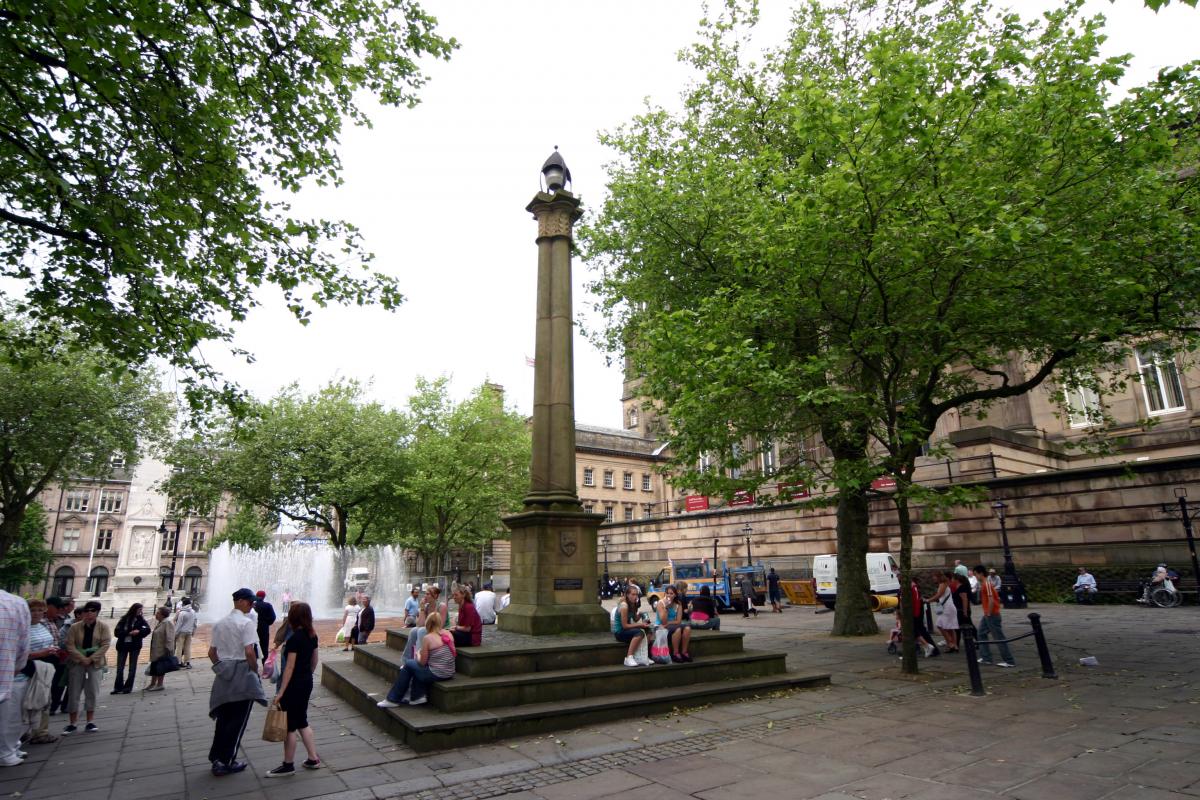 Photo 9. Market square and obelisk in Preston where the missionaries first taught the gospel to large crowds of people. Years later, in 1933, Elder Gordon B. Hinckley, as a young missionary, taught and bore his testimony in this square his first evening in Preston. "I was terrified," Elder Hinckley later admitted. "I stepped up onto that little stand, looked at that crowd of people, and wondered what I was doing there" (Sheri L. Dew, Go Forward with Faith [Salt Lake City: Deseret Book, 1996], 62).
Photo 9. Market square and obelisk in Preston where the missionaries first taught the gospel to large crowds of people. Years later, in 1933, Elder Gordon B. Hinckley, as a young missionary, taught and bore his testimony in this square his first evening in Preston. "I was terrified," Elder Hinckley later admitted. "I stepped up onto that little stand, looked at that crowd of people, and wondered what I was doing there" (Sheri L. Dew, Go Forward with Faith [Salt Lake City: Deseret Book, 1996], 62).
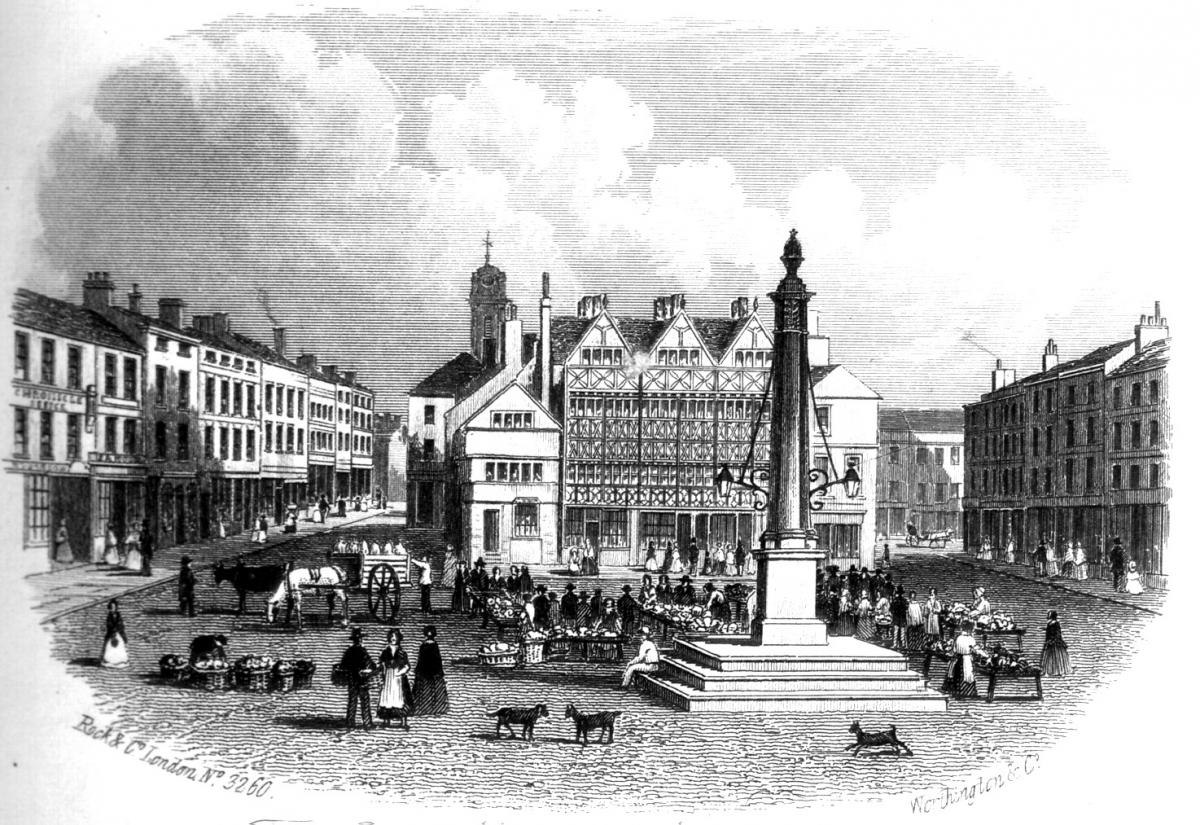 Photo 10. Market Square and obelisk in Preston (historic artist drawing)
Photo 10. Market Square and obelisk in Preston (historic artist drawing)
Photo 11. Photo 12. The center of Preston is the site of the cockpit where the English Saints first met in September 1837. As the name implies, the building was originally constructed for cock fights but later became a meeting hall for the local temperance movement. This building could seat eight hundred persons and served as a meeting place for the Saints for several months. Although the building no longer stands, we do have Elder Kimball’s description of it. He describes a large round building with an inner circular platform of about twelve to fifteen feet. The missionaries would preach from a pulpit placed on this platform.[17]
In harmony with the later use of the building as a temperance hall, the Word of Wisdom was first publicly taught in England during the initial mission conference on Christmas Day, December 25, 1837. About three hundred Saints met from the various branches in and around Preston. Elder Kimball wrote, "The Spirit of the Lord was with us; and truly the hearts of the Elders were rejoiced beyond measure when we contemplated the glorious work which has been done, and we had to exclaim, 'Blessed be the name of the Lord who has crowned our labors with such success!' Then during the conference we confirmed fourteen members and blessed about one hundred children."[18]
 Photo 11. Historic drawing of cock fighting at the Cockpit in Preston
Photo 11. Historic drawing of cock fighting at the Cockpit in Preston
 Photo 12. Site of the old Preston Cockpit, later known as Temperance Hall, leased for early meetings of the Church
Photo 12. Site of the old Preston Cockpit, later known as Temperance Hall, leased for early meetings of the Church
Photo 13. Photo 14. Now replaced by abandoned buildings and a parking lot, the row of homes on Pole Street once housed the first official meetingplace of the Church members in England. The missionaries moved from their St. Wilfred Street lodgings to 21 Pole Street, the boarding house of Ann Dawson. Here on August 6, 1837, they confirmed twenty-eight individuals who had been baptized and organized the first branch of the Church in Great Britain. By the next Sabbath, their numbers had increased to forty, and they needed to meet outdoors for accommodations.
 Photo 13. Site of the historic Pole Street houses, where the first branch of the Church was organized in England
Photo 13. Site of the historic Pole Street houses, where the first branch of the Church was organized in England
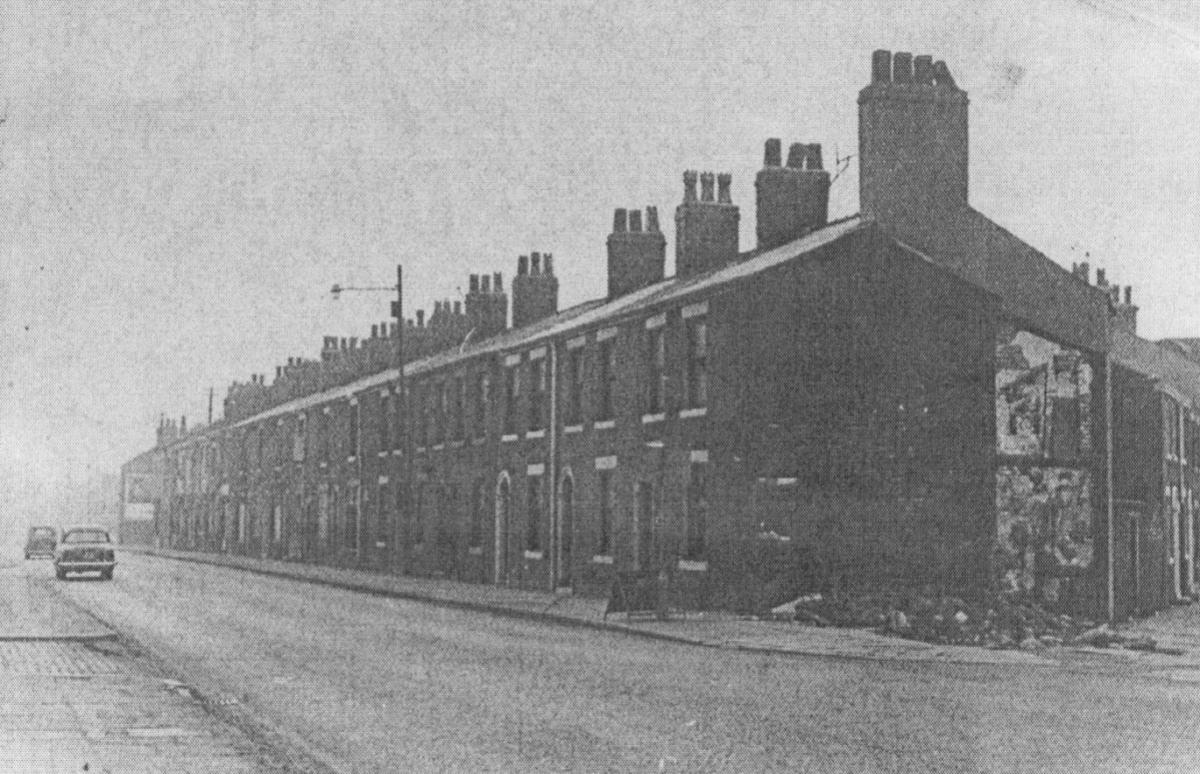 Photo 14. Historic photo of Pole Street, Preston, England, home of Ann Dawson, an early convert who lodged the missionaries
Photo 14. Historic photo of Pole Street, Preston, England, home of Ann Dawson, an early convert who lodged the missionaries
Photo 15. No site in the Preston area is more impressive than that of the Preston England Temple, located in the nearby suburb of Chorley. President Gordon B. Hinckley dedicated the temple on June 7, 1998. The 69,630-square-foot temple houses four ordinance rooms and four sealing rooms. It is built of white granite with the angel Moroni atop the single spire. Also located on the fifteen-acre complex is a missionary training center, a stake center, a housing center for temple patrons, and various offices.
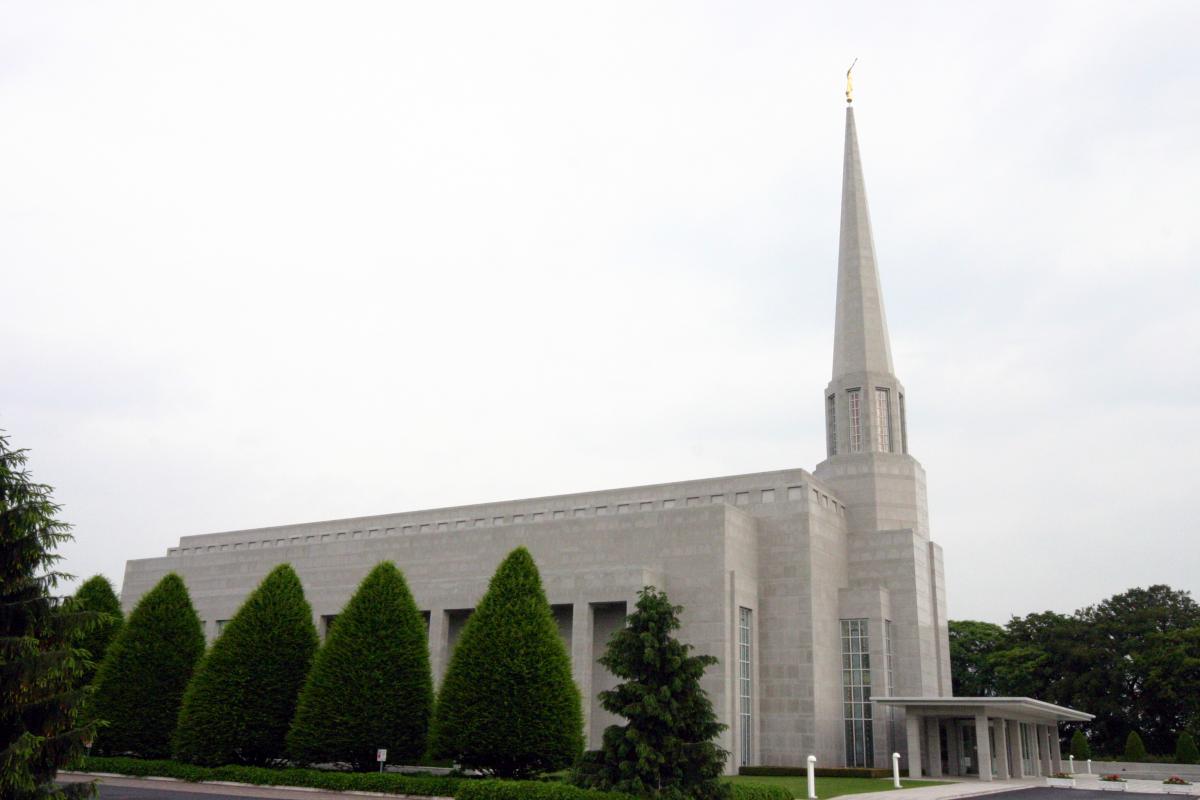 Photo 15. The Preston Temple located in Chorley
Photo 15. The Preston Temple located in Chorley
Photo 16. It was only natural that missionary activity would expand beyond the community of Preston. The first place visited by the missionaries was the village of Walkerfold. The Walkerfold Manse and the Walkerfold school and chapel next door were home to the family of Jenetta Richards, the first individual confirmed a member of the Church in England. In 1837 Jenetta and her father traveled to Preston to pay a visit to Thomas and Ann Walmsley, who had been baptized three days earlier in the River Ribble. Thomas and his wife shared the message of the restored gospel with the Richards. Jenetta became interested, and after she had attended only two church meetings, she received a testimony of the truthfulness of the missionaries’ message. On Friday, August 3, 1837, Elder Kimball baptized Jenetta in the River Ribble and then confirmed her at the water’s edge. Jenetta became the first person to be confirmed a member of the Church, because those previously baptized had not yet been confirmed.
The next day Jenetta wept, worried how her elderly father, reverend of Walkerfold Chapel, would receive the news she had joined so quickly with the Mormons. The answer soon arrived in a letter from Reverend Richards offering his small chapel for the preaching of Elder Kimball in the “forenoon, afternoon and evening” the very next Sunday.[19] Heber arrived in Walkerfold and stayed at the Manse with Reverend Richards and his family on Saturday evening, conversing late into the evening. Elder Kimball preached in Walkerfold Chapel three more times that week, and on Thursday, August 17, six young members of Reverend Richards’s congregation requested baptism.
The Walkerfold school is currently a private home, which has been extensively remodeled since the days of Elder Kimball’s visits. The visitor may still see the remnants of the large, arched single windows of the original building. The Manse, home of the minister in earlier days, is next door and is currently also a private home. In 1987 the British 150th Anniversary Committee placed a plaque on the garden wall leading to the home, commemorating its importance in the Church’s development and growth in England.
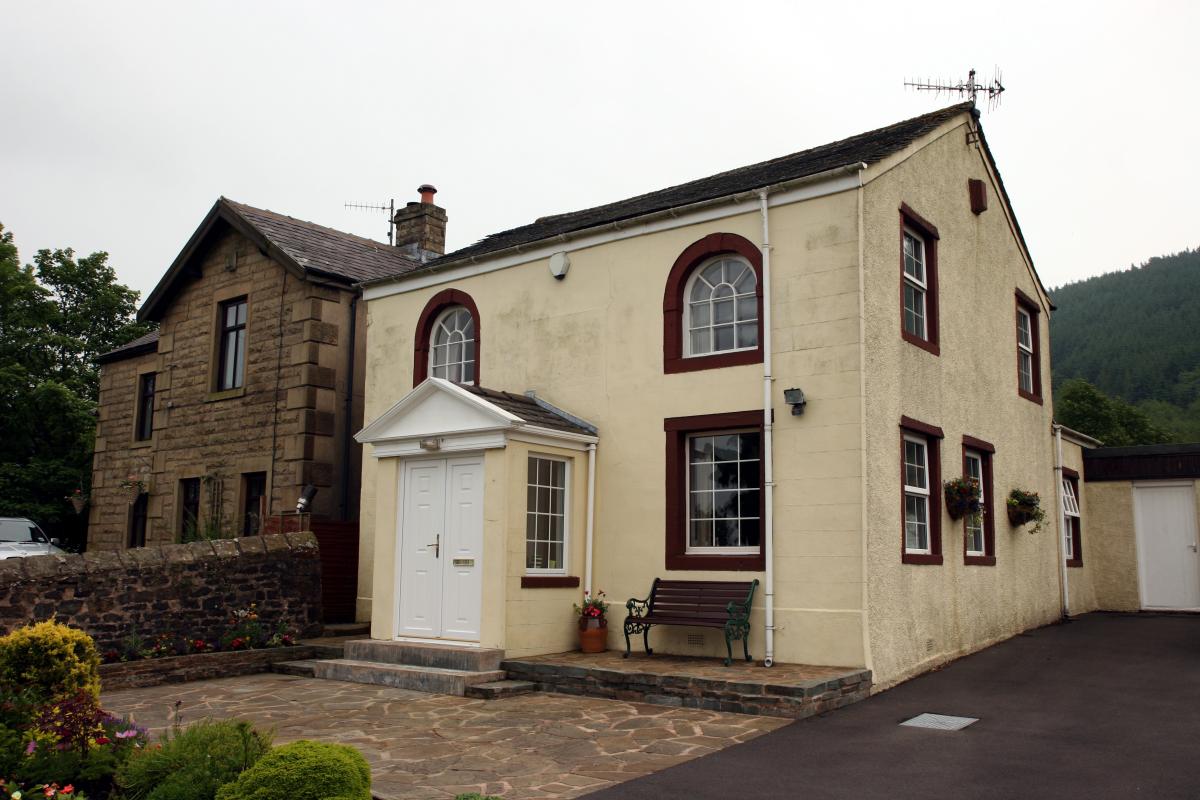 Photo 16. The Walkerfold Manse and Walkerfold school and chapel
Photo 16. The Walkerfold Manse and Walkerfold school and chapel
Photo 17. As the gospel spread, Elder Kimball and others continued to visit the towns and villages surrounding Preston. The most tender and touching scenes of receiving the first missionaries occurred in the closely nestled villages of Chatburn and Downham. Ironically, the elders were initially dissuaded from preaching the restored gospel to the inhabitants of this area. Ministers of various sects had attempted to preach among the citizens of these villages without success. Thus, the people had been characterized as hardhearted and wicked.
Elder Heber C. Kimball accepted an invitation to preach in Chatburn and found the people had gathered in a barn to hear him. He stood on a large barrel placed in the center of the barn. At the conclusion of his message on the first principles of the gospel and the Resurrection, he offered to baptize those who were willing to repent and covenant with the Lord. He soon felt someone tugging at his coat, calling out with accented tones, “Maister, Maister.” He looked down to see Mrs. Elizabeth Parkington, who asked, “Please sir, will you baptize me?” More than a dozen other voices soon exclaimed, “And me?” “And me?” They retired to the water, and Elder Kimball baptized twenty-five, whom he soon confirmed, conversing with them until after midnight. The next morning a similar reception ensued, and he baptized between twenty-five and thirty in the nearby village of Downham. Upon returning to Chatburn that evening, the congregation of intent listeners was so big that Heber stood on a stone wall and preached in the open air. During the five days they were in this area, Heber records that he and Joseph Fielding baptized and confirmed about 110 persons.[20]
Downham provides a rare opportunity to see the village as it existed in the days of the early missionaries. It has been carefully preserved to look as it did in the early 1800s by the owner of the 4,500-acre estate of Lord Clitheroe.[21]
 Photo 17. Village of Downham
Photo 17. Village of Downham
Conclusion
The rivers, churches, commercial buildings, homes, and villages of Liverpool and the Ribble Valley preserve the spirit of the initial missionary work in England. This is an area of pilgrimage for those that wish to capture some of that early history, when the seeds of the gospel were first planted in Great Britain. The Lord foresaw the need to send valiant souls to this area of the world who would respond to the whisperings of the Spirit testifying of the truthfulness of the Restoration. Their lodgings, markets, and places of worship provide us with a glimpse into their lives, faith, testimony, and joy in receiving the message of the Restoration of the gospel in latter days.
Notes
All photos are by the author unless noted.
Photos 4, 5, 10, 12, 14 are courtesy of David W. Pickup, author of The Pick and Flower of England: The Illustrated Story of the Mormons in Victorian England.
Photos 13 and 16 are courtesy of Richard Crookston.
[1] In addition to these pioneering missionaries, each of the nine members of the Quorum of the Twelve Apostles who responded to the Lord’s call to serve a mission to England (see D&C 118) first set foot on English soil from these same docks.
[2] Orson F. Whitney, Life of Heber C. Kimball (Salt Lake City: Bookcraft, 1945), 118–19.
[3] V. Ben Bloxham, “The Apostolic Foundations, 1840–1841,” Truth Will Prevail: The Rise of the Church of Jesus Christ of Latter-day Saints in the British Isles, 1837–1987, ed. V. Ben Bloxham, James R. Moss, and Larry C. Porter (Solihull, England: The Church of Jesus Christ of Latter-day Saints; Salt Lake City: Deseret Book, 1987), 127.
[4] Bloxham, “The Apostolic Foundations,” Truth Will Prevail, 127.
[5] James and LaVell Moss, Historic Sites of the Church of Jesus Christ of Latter-day Saints in the British Isles (Salt Lake City: Publishers Press, 1987), 26.
[6] David W. Pickup, Pick and Flower of England (Lancashire, England: Living Legend, 1997), 15.
[7] “History of Brigham Young,” Millennial Star, September 17, 1864, 600.
[8] Pickup, Pick and Flower, 34. Significantly, on the very day of Elders Kimball and Hyde’s preaching in Preston, the Savior revealed to the Prophet Joseph Smith in Kirtland, Ohio, that the Quorum of the Twelve Apostles were to be sent abroad to unlock the doors of all nations to the preaching of the restored gospel. The Lord promised, “I will be with you, and in whatsoever place ye shall proclaim my name an effectual door shall be opened unto you, that they may receive my word” (D&C 112:19). Reflecting on these events during a dedicatory service of the Preston Temple in 1998, Elder Jeffrey R. Holland declared, “The Lord was watching the Vauxhall Chapel at that moment. . . . That opened that missionary work and was the mark of modern missionary work in this dispensation” (quoted in Pickup, Pick and Flower, 34).
[9] Gordon B. Hinckley, “Taking the Gospel to Britain: A Declaration of Vision, Faith, Courage, and Truth,” Ensign, July 1987, 6–7.
[10] Whitney, Life of Heber C. Kimball, 130.
[11] Whitney, Life of Heber C. Kimball, 130.
[12] Whitney, Life of Heber C. Kimball, 130–131.
[13] Whitney, Life of Heber C. Kimball, 135.
[14] Whitney, Life of Heber C. Kimball, 135.
[15] Obelisk plaque located at its base. “In the Market Place stood the Obelisk, erected in 1782, and which in 1816 had been capped with a glass vase rigged for gas lighting. . . . The Obelisk was dismantled in 1853, its pillars later used as gateposts at Hollowforth Hall, Woodplumpton. It was restored to the Market Place in 1979, providing today a fair idea of the appearance of the Market Square in 1837” (quoted in Pickup, Pick and Flower, 27).
[16] Whitney, Life of Heber C. Kimball, 139.
[17] Whitney, Life of Heber C. Kimball, 153.
[18] Whitney, Life of Heber C. Kimball, 174.
[19] Whitney, Life of Heber C. Kimball, 140.
[20] Whitney, Life of Heber C. Kimball, 171.
[21] Pickup, Pick and Flower, 79.
